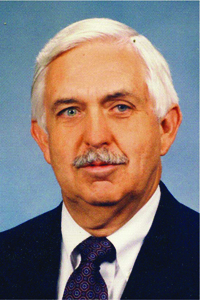Program Information
Physics Education to Enhance CT Image Quality Optimization and Dose Management: Model, Method, and Materials
P Sprawls1*, (1) Sprawls Educational Foundation, Montreat, NC
MO-F-134-5 Monday 4:30PM - 6:00PM Room: 134Purpose: To enable physicists to contribute to more effective and optimized CT imaging procedures and dose management by providing applicable physics education for medical professionals, including residents, who have direct responsibility for the procedures.
Methods: The program model recognizes the values and limitations of the different physics learning activities, from classroom to direct clinical experience, and provides open access resources to enrich and enhance each. Classroom presentations and discussions provide an opportunity for physicists to interact directly with medical professionals guiding the learning experience and sharing their knowledge. A limitation is that many physicists do not have practical knowledge and experience in CT procedure optimization and dose management and the ability to create effective teaching materials. This can be overcome by using visuals available at http://www.sprawls.org/resources/CTIQDM/visuals.htm and the self-study module at http://www.sprawls.org/resources/CTIQDM/. The CT clinic is also a highly effective environment for learning applied physics because the medical professional is interacting directly with and observing the process. Although the physicists are not present they can add a valuable physics learning opportunity by managing a program in which the module is assigned for review at the beginning of a CT rotation and used as a reference after that. An additional enhancement is to encourage the radiology clinical faculty to engage in physics discussions with the residents as images and protocols are being reviewed. These can be guided by questions and talking points provided by physicists.
Results: A highly-effective clinically focused physics education project with the potential of producing more optimized CT procedures and dose management.
Conclusion: Physics education based on collaboration among physicists and radiologists, using shared open access resources, combining and enriching the different learning activities, and focused on a specific topic (such as CT) is an innovative model that can be applied in a variety of other areas.
Contact Email:


